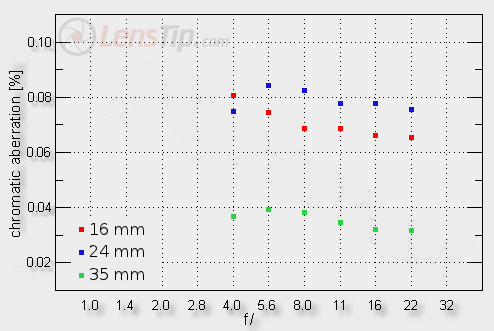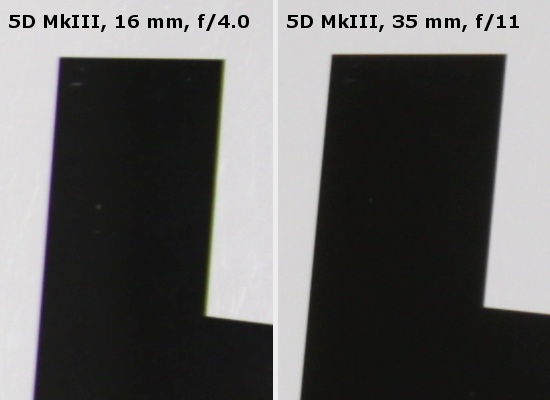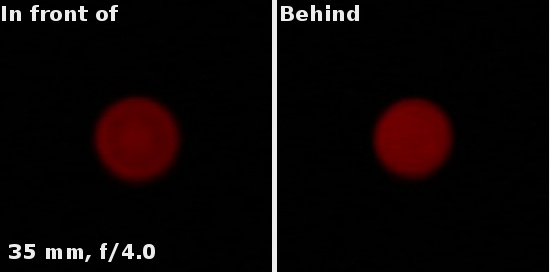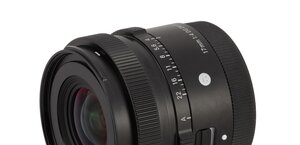Canon EF 16-35 mm f/4L IS USM
5. Chromatic and spherical aberration
The crops, shown below, prove that the tested lens doesn’t have any problems when it comes to the longitudinal chromatic aberration.
 |
Please Support UsIf you enjoy our reviews and articles, and you want us to continue our work please, support our website by donating through PayPal. The funds are going to be used for paying our editorial team, renting servers, and equipping our testing studio; only that way we will be able to continue providing you interesting content for free. |
- - - - - - - - - - - - - - - - - - - - - - - - - - - - - - - - - - - - - - - - - - - - - - - -
The lateral chromatic aberration correction can be described in similar terms – the graphs we get at particular focal lengths, respectively on the edge of the APS-C sensor and on the edge of full frame, are presented below.


At shorter focal lengths the aberration level reaches 0.06-0.08% so you deal here with low values, only momentarily approaching medium. At the maximum focal length the aberration is practically imperceptible – a round of applause!
 |
Spherical aberration
The first photo in this chapter shows that the lens has no ‘focus shift’ effect. The appearance of defocused light circles in front of and behind the focal point is more or less similar. Both these facts might suggest that the lens deals with the spherical aberration correction rather well.







